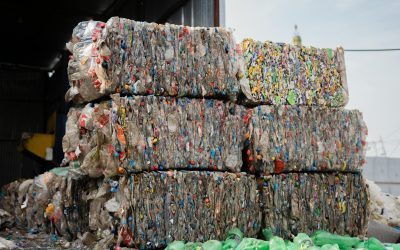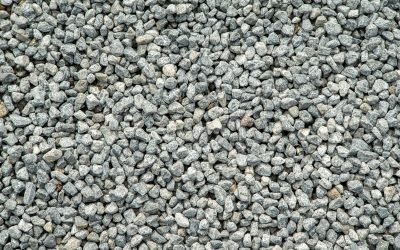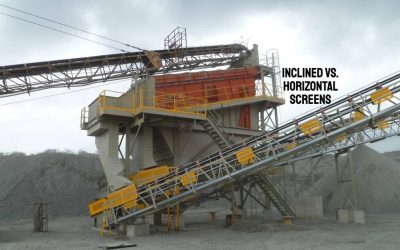There are a number of available material screening solutions. Material specifications will dictate the type of screening equipment that is most efficient for the given process.
Trommels are one of the most commonly deployed screens for a number of jobs – from ores and minerals to aggregates, compost, and municipal solid waste. However, despite their wide usage, trommel screens have a number of disadvantages that can make them less than ideal.
What is a Trommel Screen?
Trommel screens (also known as drum screens or rotary screens) are cylindrical drum-like machines used for sorting and separating materials based on size. It consists of a cylindrical drum that rotates around its axis, and material is fed into one end of the drum. As the drum rotates, the material tumbles and rolls, allowing smaller particles to fall through the openings in the drum while larger particles are retained. Trommels are often used for:
- Compost screening
- Topsoil and mulch separation
- Construction and demolition waste sorting
- Recycling operations
- Mining (e.g., separating ore)
Diving into the drawbacks of trommel screens will help you make informed decisions for your specific application needs.
Low Efficiency
While trommels are frequently used to process materials, they do so inefficiently. Trommel screens are simple in design.
The advantage of this design is a relatively lower cost. In fact, basic, small trommels can be made at home with relative ease. However, for heavy duty industrial applications, that same simplicity results in an overall inefficient design.
When compared to other solutions, like vibrating screens, trommels simply cannot handle the same volume of materials. While rotating, only a portion of the screen is being utilized for sizing. Comparatively, the entire screen surface of other material screening solutions can effectively size materials. This not only places the trommel drum at a volumetric disadvantage to other screening equipment, but can also lead to additional material flow concerns.
Looking for an efficient screening solution?
Energy Consumption
Trommel screens often have high energy requirements during operation, especially when dealing with large volumes of material. This not only contributes to increased operational costs, but also raises concerns about their environmental impact.
Screen Plugging
When screening multiple particle sizes or when material begins to back up, trommels also have the disadvantage of plugging. Plugging occurs when a larger feed material gets stuck in the screen aperture. This can lead to further plugging or back up of material traveling through the drum.
When a plug happens, it can halt production, in turn lending to additional maintenance. Wet materials, though commonly processed through trommel screens, can cause additional hindrances to the screen.
Screen Blinding
Much like plugging, when sorting wet materials, trommel screens are prone to blinding. As wet feed materials (such as compost or solid waste) pass through the rotating drum, they can begin to clump and stick to the screen. This can cause further materials to build-up, leading to less efficient sorting if not halting production.
Even when blinding does not require immediate attention, it still requires cleaning of the trommel and can lead to additional maintenance. Cleaning of the drum and replacing trunnion wheels and cleaning brushes can be costly.
Drum Damage
Plugging, blinding, or simply regular use can cause damage to the trommel’s drum. While some minor damage is to be expected and can be prevented through proper usage and care, larger damage can be costly. One of the biggest disadvantages of the trommel screen’s design is the inability to replace part of the drum when damage occurs.
In the event that damage is unable to be repaired, the entire drum must be replaced. This is both expensive and can halt further production.
Size and Space Constraints
The large physical footprint of trommel screens can be a hindrance, especially in facilities with limited operational space. Finding suitable areas for installation can be a logistical challenge.
AEI Solutions
Aggregates Equipment, Inc. manufactures screening solutions which overcome the disadvantages of trommel screens. The BIVITEC® Screen operates using a flip-flow principle and features a dual-vibratory process which prevents clogging and blinding.
The BIVITEC® is an ideal screening solution for applications commonly using trommel screens, including sorting C&D waste, roofing shingles, compost, and more. Learn about the benefits of vibratory screens or contact our sales team to request a BIVITEC® for your operation.


